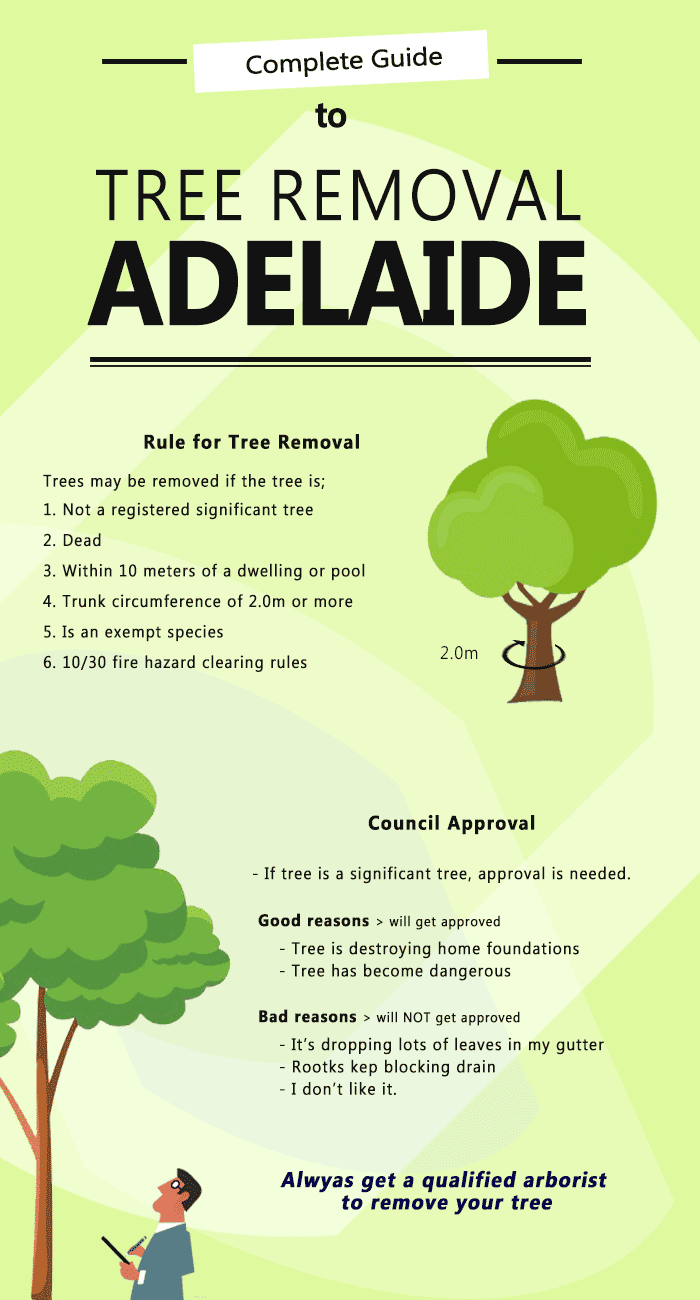Be On The Lookout For Key Signs That Suggest Your Tree Could Pose A Danger; Recognizing These Can Protect Your Home And Family.What Should You Keep An Eye On Following?
Be On The Lookout For Key Signs That Suggest Your Tree Could Pose A Danger; Recognizing These Can Protect Your Home And Family.What Should You Keep An Eye On Following?
Blog Article
Content Written By-Troelsen Butcher
When it involves tree care, recognizing the indicators that it's time for removal is important for your security and building. You could see discolored fallen leaves, wilting branches, or weird fungal growths suggesting health problems. Architectural problems, like a substantial lean or fractures in the trunk, can likewise posture risks. Recognizing these warning signs can assist you make notified decisions about your trees and protect against potential risks lurking in your backyard. What should you look for next?
Indicators of Degeneration and Condition
When you observe indicators of degeneration and disease in your trees, it's critical to act rapidly. Search for tarnished leaves, wilting branches, or uncommon growths like fungi. click web page can indicate that your tree is having a hard time.
If you see cracks in the bark or soft, mushy timber, these signs suggest internal decay. Furthermore, a sudden boost in pests around your tree can signify that it's compromised and susceptible.
Look for any kind of dead or passing away arm or legs, as they pose a risk to your home and safety. If you doubt about what you see, speaking with an arborist can supply clearness.
Attending to these indicators early can save you from much more extensive damages and make sure the wellness of your lawn. Do not wait till it's too late.
Structural Instability and Leaning
As you observe your trees, keep an eye out for any kind of indicators of architectural instability or leaning. If a tree leans significantly, it may indicate that the origin system is endangered.
Look for any type of cracks in the trunk or dirt around the base; these can indicate possible failure. Additionally, check for uncommon development patterns, like a lopsided crown, which may suggest that the tree is having a hard time to hold itself upright.
If you notice that the tree favors your home, high-voltage line, or various other structures, it positions a higher risk. Don't ignore these indicators-- consult an arborist to examine the situation.
Acting early can stop https://naturalstumpkiller15049.frewwebs.com/35772368/trimming-trees-seasonally-timing-and-methods-for-optimal-development and ensure your safety and security.
Dead or Perishing Branches and Foliage
If you see dead or passing away branches and foliage on your tree, it's a clear sign that something's wrong.
These harmful areas can suggest underlying issues like condition, pest infestations, or environmental stress. When branches lose their leaves or transform brownish, they're no longer adding to the tree's health and wellness. Ignoring these indicators can lead to more decline, making your tree extra unsafe.
Dead branches can quickly break short throughout tornados, positioning a threat to property and people close by. It's important to examine the extent of the damage.
If the problem impacts a substantial part of the tree, think about consulting a specialist. They can aid determine if removal is necessary to guarantee security and keep the appeal of your landscape.
Conclusion
If you notice any indications of decay, architectural instability, or dead branches on your trees, don't disregard them. These indications can posture severe safety and security risks to you and your building. It's always best to seek advice from an expert arborist that can offer a professional evaluation of your trees. Taking action early can protect against mishaps and costly damage, ensuring your landscape stays risk-free and healthy. Remember, it's far better to be proactive concerning tree care than to await a catastrophe to occur.
